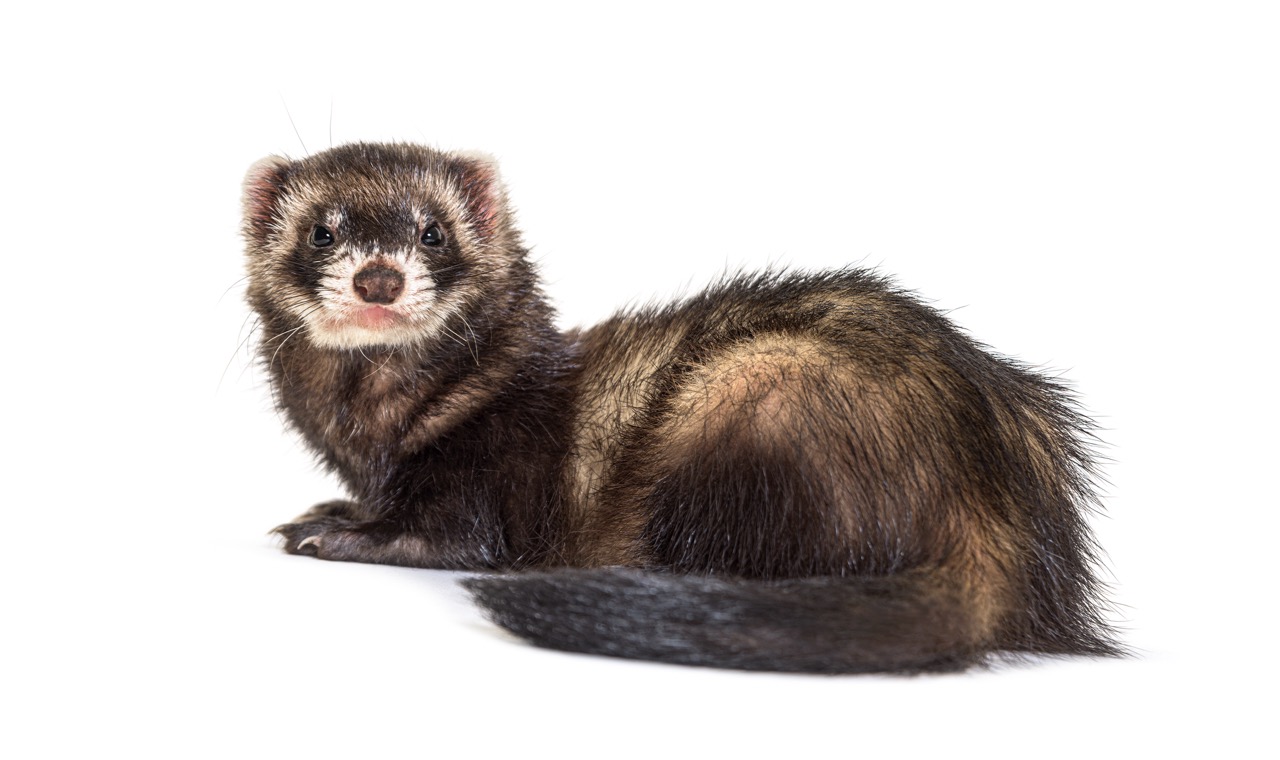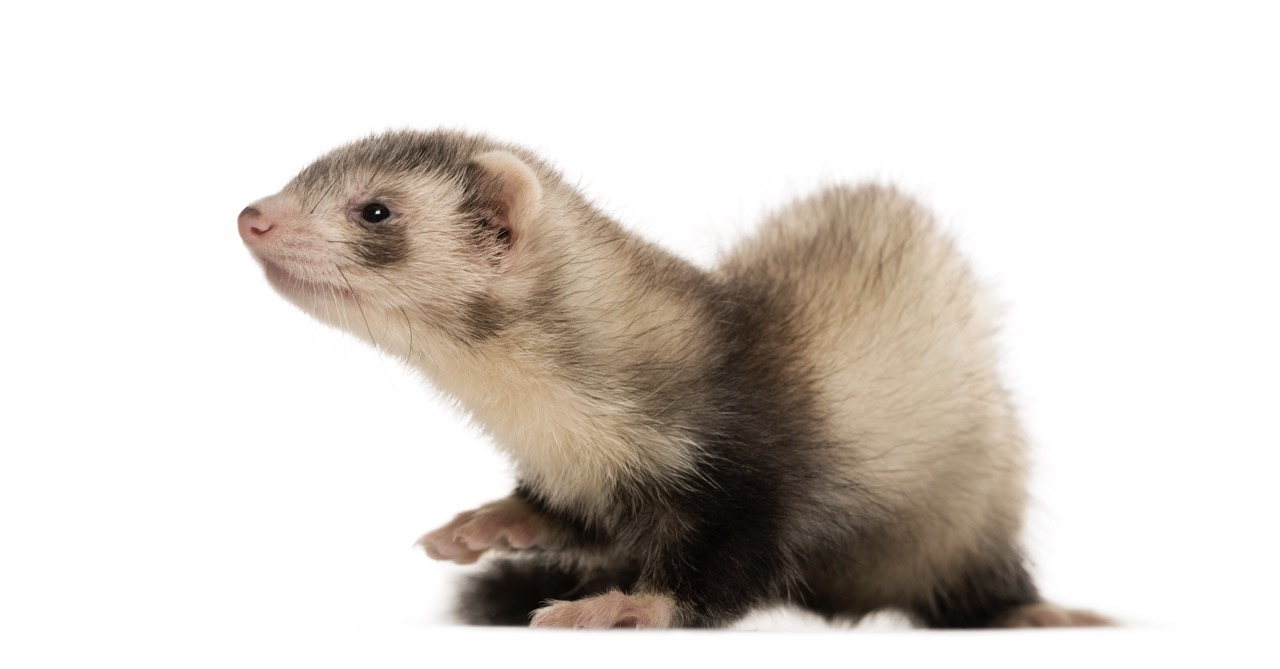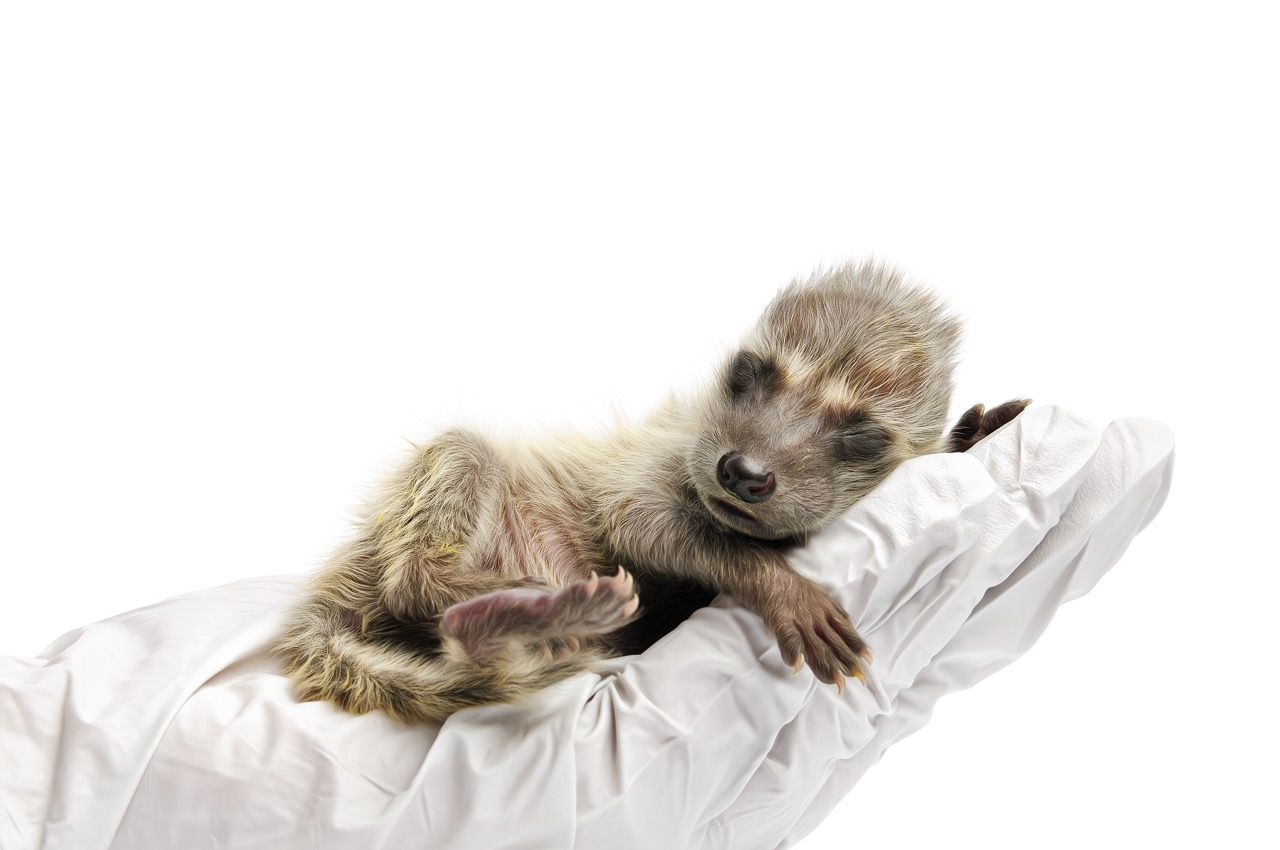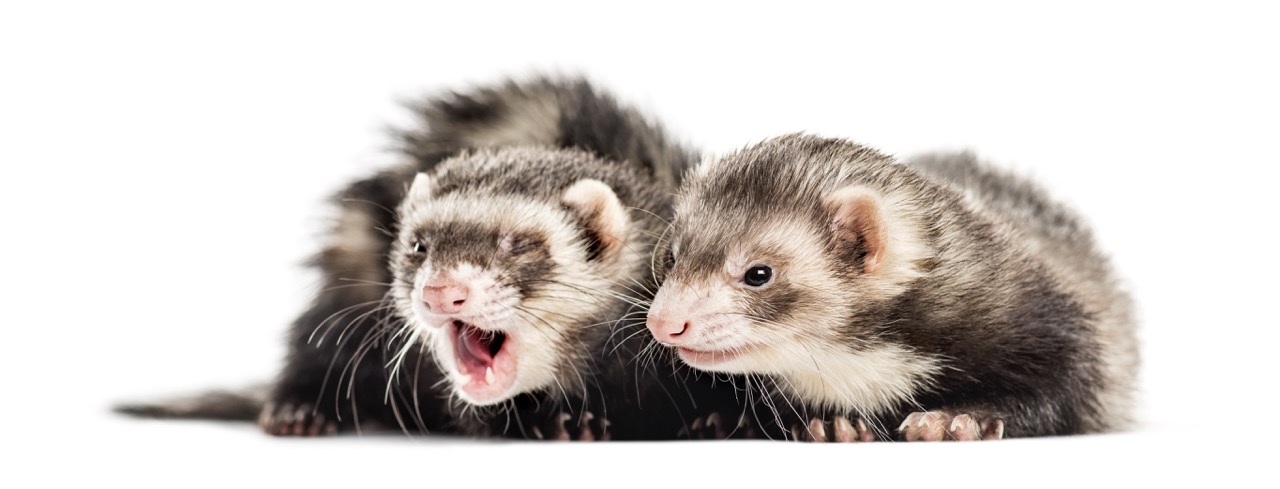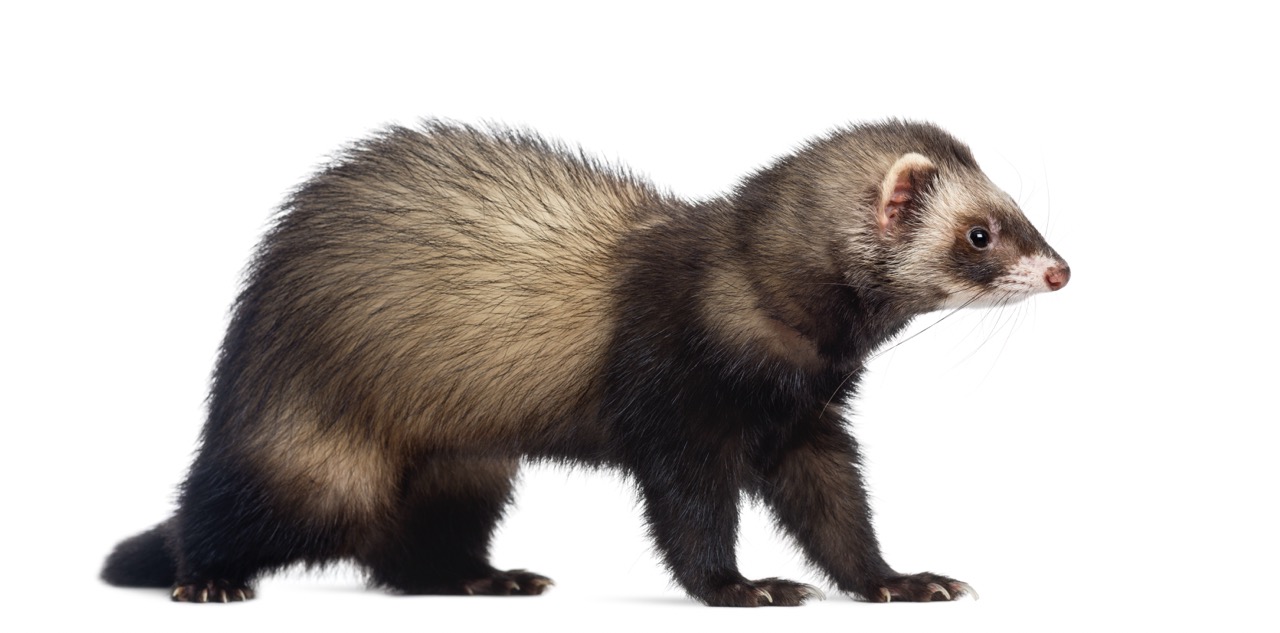Choosing the right cage for a baby ferret is crucial to ensuring their health, safety, and happiness. Ferrets are active and curious animals, known for their playful behavior and propensity to explore their environment. A properly selected cage not only provides a secure space for your baby ferret but also serves as a foundation for their overall well-being. In this article, we will cover the space requirements for baby ferrets, essential features of ferret cages, safe materials to consider, and tips for setting up a comfortable habitat for your furry friend.
Understanding the Space Requirements for Baby Ferrets
When selecting a cage for your baby ferret, understanding their spatial needs is of paramount importance. Baby ferrets are energetic and require ample space to move around, explore, and engage in physical activities. A cage should ideally offer at least 2 feet by 3 feet of floor space, with a height of at least 4 feet to allow for climbing and vertical play. Remember that baby ferrets grow quickly, so it’s wise to consider a cage that will accommodate them as they reach adulthood.
In addition to the minimum space requirements, consider the layout of the cage. Ferrets love to climb, so vertical space can be utilized effectively with the addition of shelves or ramps. Multi-level cages that allow baby ferrets to explore different heights can significantly enhance their environment and keep them entertained. Make sure there are enough platforms for them to rest and play, as well as areas to hide and feel secure.
Finally, keep in mind that a larger cage not only provides more room for your baby ferret but also makes it easier for you to maintain cleanliness. A spacious habitat can help reduce odors and allow for more organized storage of toys, food, and other essentials. Ensuring that your ferret has enough space will ultimately contribute to a more harmonious living situation for both you and your pet.
Essential Cage Features for Optimal Ferret Care
In addition to size, certain essential features should be included in a ferret’s cage to promote their overall well-being. One of the most important features is a secure locking mechanism. Ferrets are notorious escape artists, so a cage with a reliable latch system is critical to prevent any accidents or escapes. Look for cages that feature strong, durable locks that can withstand the cleverness of these little animals.
Proper ventilation is another essential feature. Adequate airflow is necessary to prevent the buildup of odors and to ensure your ferret’s environment remains fresh. Cages with wire mesh sides or top sections allow for increased airflow, but be cautious to ensure that the spaces between the bars are not too wide, as baby ferrets can slip through. Additionally, a solid base is vital to prevent foot injuries and to contain bedding and litter.
Lastly, consider the ease of cleaning in your chosen cage. Features such as removable trays or easy-to-access panels simplify the process of changing bedding and cleaning waste. A cage with a smooth surface can help prevent the accumulation of grime and make upkeep more manageable. Designing a cage that prioritizes cleanliness not only promotes a healthier environment but also ensures your baby ferret thrives in their new home.
Choosing Safe Materials for Your Ferret’s Cage
When selecting a cage for your baby ferret, the materials used in its construction are critically important for ensuring their safety and comfort. Ferrets are inquisitive creatures, often chewing on surfaces as part of their exploration. Therefore, opt for cages made of non-toxic materials that pose no risk of harm if chewed. Metal cages are typically the best option, as they are durable and easy to clean, while ensuring that no harmful chemicals can leach into your ferret’s environment.
Avoid cages made of untreated wood or plastic, as they may break down over time or be chewed apart, potentially leading to harmful ingestion. If choosing a wooden cage, ensure it is treated with pet-safe sealants and verify that there are no exposed edges or splinters that could injure your pet. Additionally, always be cautious of any fabric components, ensuring they are washable and not prone to fraying, which could pose choking hazards.
Furthermore, assess the design of the cage for any sharp edges, protruding wires, or small parts that could become dangerous. Choose cages that are specifically marketed for ferrets or small pets, as these are more likely to adhere to safety standards suitable for their specific needs. By prioritizing safe materials and designs, you can create a secure living environment for your baby ferret that minimizes risks while maximizing comfort.
Tips for Setting Up a Comfortable Ferret Habitat
Once you have selected the right cage for your baby ferret, the next step is to set up a comfortable habitat that meets their needs. Begin with the bedding; soft, absorbent materials like fleece or hemp bedding can provide a cozy area for your ferret to rest. Avoid cedar or pine shavings, as they can be harmful to their respiratory health. Layer the bottom of the cage with an adequate amount of bedding to help absorb moisture and odors.
Incorporate various toys and enrichment items to keep your baby ferret mentally stimulated and physically active. Ferrets enjoy tunnels, ropes, and climbing structures, so consider adding hammocks, ramps, and tubes within the cage. Rotate the toys periodically to maintain novelty and interest. Additionally, provide hiding spots, such as small boxes or huts, where your ferret can retreat to feel secure and relaxed.
Lastly, consider the placement of food and water sources. Use heavy, tip-resistant dishes to prevent spills, and position them away from bedding to maintain cleanliness. A water bottle with a sipper tube can help keep the water clean and fresh. Regularly check food and water supplies to ensure your ferret has access at all times. By thoughtfully setting up the cage, you can create an inviting and comfortable habitat that supports your baby ferret’s physical and emotional well-being.
Choosing a cage for a baby ferret is an essential step in welcoming this playful creature into your home. By understanding their space requirements, selecting the right features and materials, and setting up a comfortable environment, you can ensure that your ferret thrives. Remember, a well-chosen cage not only promotes safety and health but also enhances the interactive bond you share with your new furry friend. With careful consideration and planning, you can create a nurturing habitat that fosters happiness and well-being for your baby ferret.






